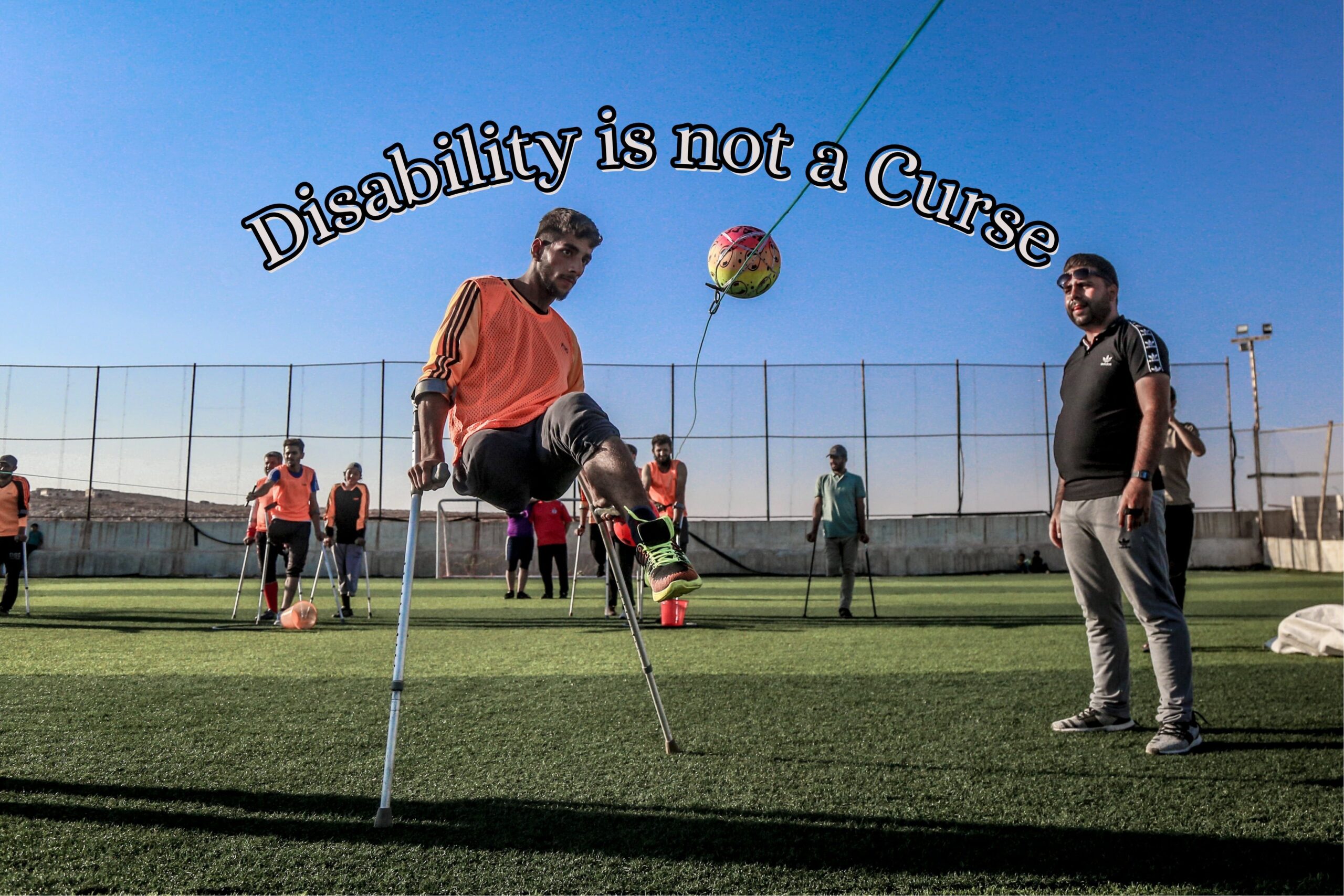Disability is any continuing condition that restricts one from performing everyday physical activities, sensory, psychiatric, neurological, cognitive, and intellectual.
Types of Disabilities-
Table of Contents
- Cognitive Disability
- Intellectual Disability
- Physical Disability
Disabilities are many types, some are born with a disability while some of disabled during their lives or lifestyle or injury.
Cognitive Disability-
It refers to anyone with lower-than-average intellectual functioning. A person suffers from a cognitive disability characterized by difficulty performing mental tasks that an average person would be capable of performing.
Cognitive disability is also known as mental retardation now known as general learning disability. This term is used when a person has certain limitations in their mental functioning and in skills such as communication, taking care of themselves, and social skills. Physical injury and excessive use of drugs or alcohol can cause cognitive disabilities. A cognitively disabled person has greater difficulties in simple mental tasks.
There are two ways to classify cognitive disabilities- Functional disability and Clinical disability. Cognitive disabilities include Autism, Down Syndrome, Traumatic brain injury, Attention deficit disorder, Dyslexia, and Dyscalculia.
Following problems occur in cognitive disability.
- Memory
- Problem-solving
- Attention
- Reading, linguistic, and verbal comprehension
- Maths comprehension
- Visual comprehension
Intellectual Disability-
Intellectual deficiency also called mental retardation, is characterized by an intelligence or a mental capacity inferior to the media and a lack of skills necessary for everyday life alive, people with intellectual disabilities can acquire and indeed acquire new skills, but very slowly.
Intellectual disability is defined as significantly sub-average general intellectual functioning with deficits in adaptive behavior and manifested during the development period, that affects the child’s educational performance. Intellectual disability results in a below-average intelligence quotient (IQ) and mental ability. Intellectual disabilities lead to a slowing down of learning skills.
There are two types of intellectual disability-
Primary manifestations of intellectual disability-
- Slow Question of new knowledge and skills
- Immature behavior
- Limited self-care skills
People with severe intellectual ability-
- Delayed sit-up, crawling, or walking
- Late talking
- Trouble remembering
- Difficulty with social rules
- Trouble thinking logically
- Severely intellectually disabled persons require life-long support.
Physical Disability-
This is the limitation of the person’s ability to perform physical activities such as walking, running, throwing, etc. Physical disabilities are divided into motor disabilities and sensory disability. Physical disability can be musculoskeletal and neuromuscular.
- Musculoskeletal disability
- Neuromuscular
- Cerebral
- Spina Bifida
- Poliomyelitis
- Stroke
- Head injury
- Spinal Cord Injury
Causes of Disability-
Disabilities may be present at birth or acquired later in life. Some causes of disability are the following-
- Genetic
- Poverty
- Accidents
- Malnutrition
- Environment
- Disease
- Health care
- Lack of education
Disability Etiquettes –
The disability label is a set of specific guidelines regarding the form that persons with disabilities should wear.
- Etiquette in the wheelchair: Never treat with condescension those people who use a wheelchair and touch their head or shoulder.
- Label of malicious persons: When you encounter a malicious person, always identify and identify other persons who may be with you. When discussing in a group, think about identifying your interlocutor.
- Label of auditory deficiencies: Do not shout at him and make sure the background noise disappear during the conversation.
- Etiquette for those with learning difficulties: When presented to a person with disabilities, it is appropriate to offer a lesson. People with limited use of their hands or who use an artificial limb generally may feel more pain in their hands.
- Label for speaking difficulties: When speaking with a disabled person, speak directly with the person in person through an escort or an interpreter of the fighting language.
- Treat adults as adults: Address disabled people by name only to maintain the same familiarity as everyone else.
Advantages of physical activities for CWSN (children with special needs)-
- physical improvements
- mental improvements
- true love
- cognitive advantages
- Benefits for health
- social interactions
Strategies to make physical activities accessible to children with special needs (CWSN)-
- balance of health
- individual needs
- specialized equipment game environment
- rules of the game
- education education
- security surveillance

